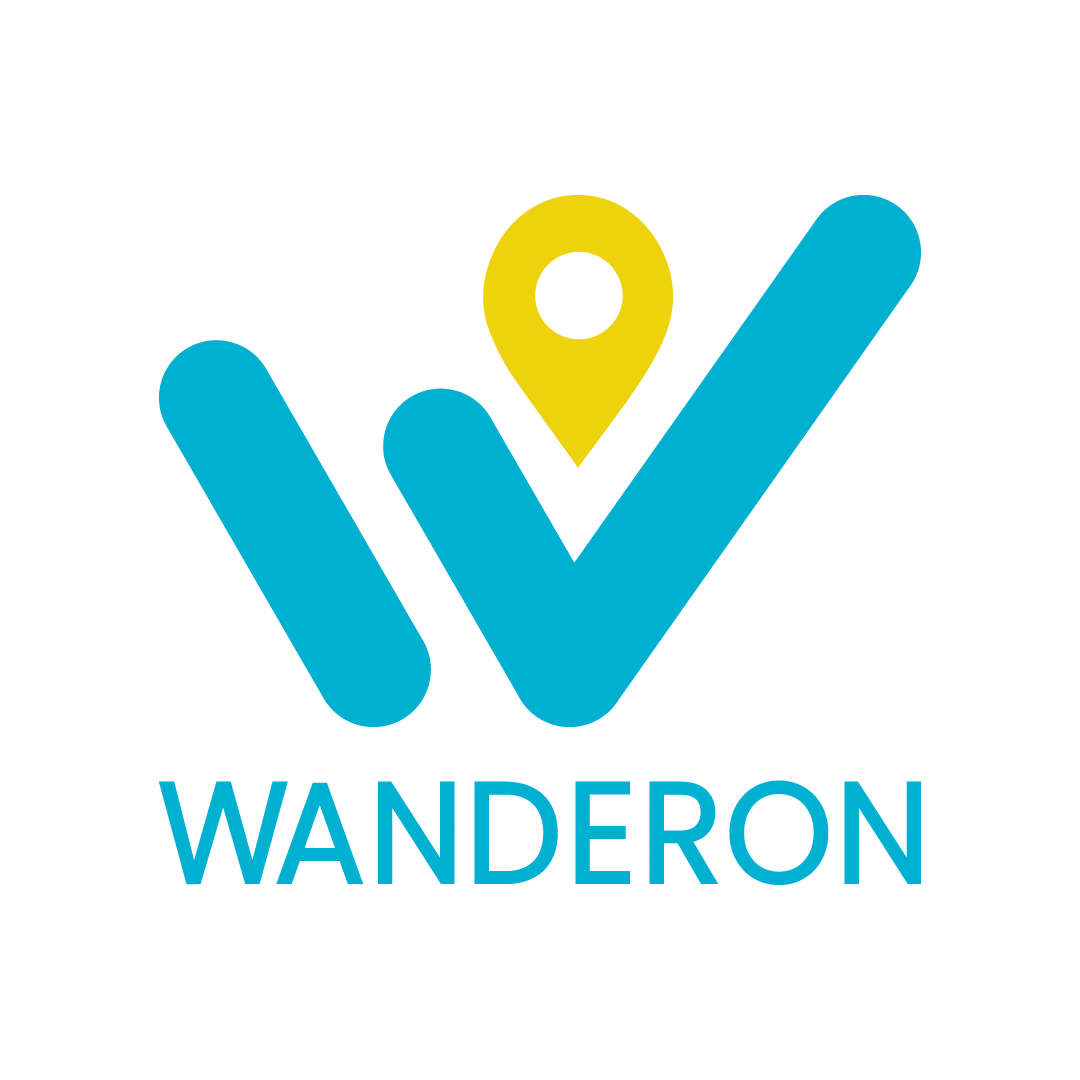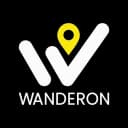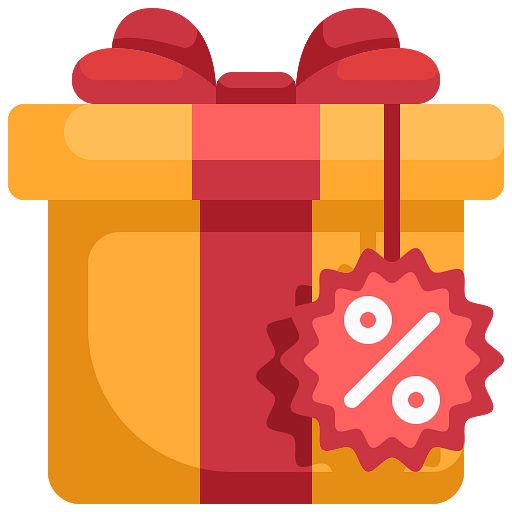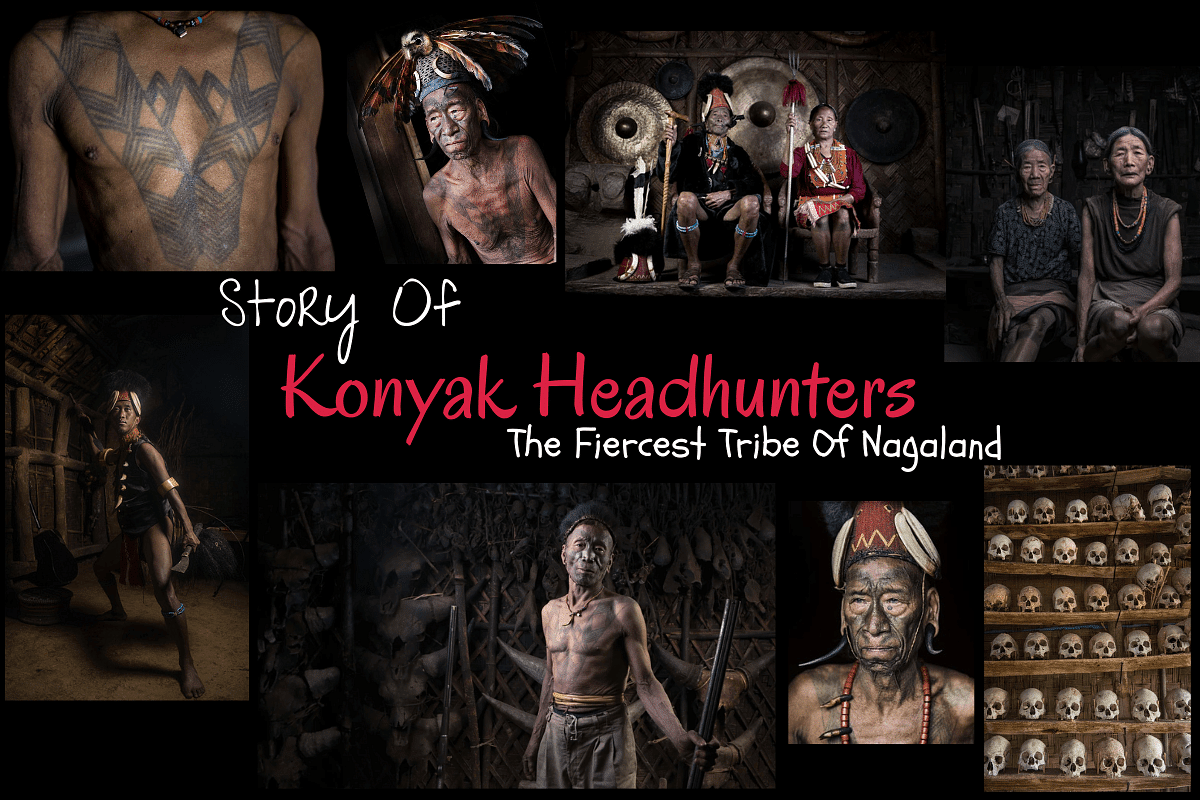
Table of Contents
Table of Contents
- Story of the Konyak Headhunters Of Nagaland
- More About The Konyak Headhunters Of Nagaland
- Frequently Asked Questions about the Konyak Headhunters of Nagaland
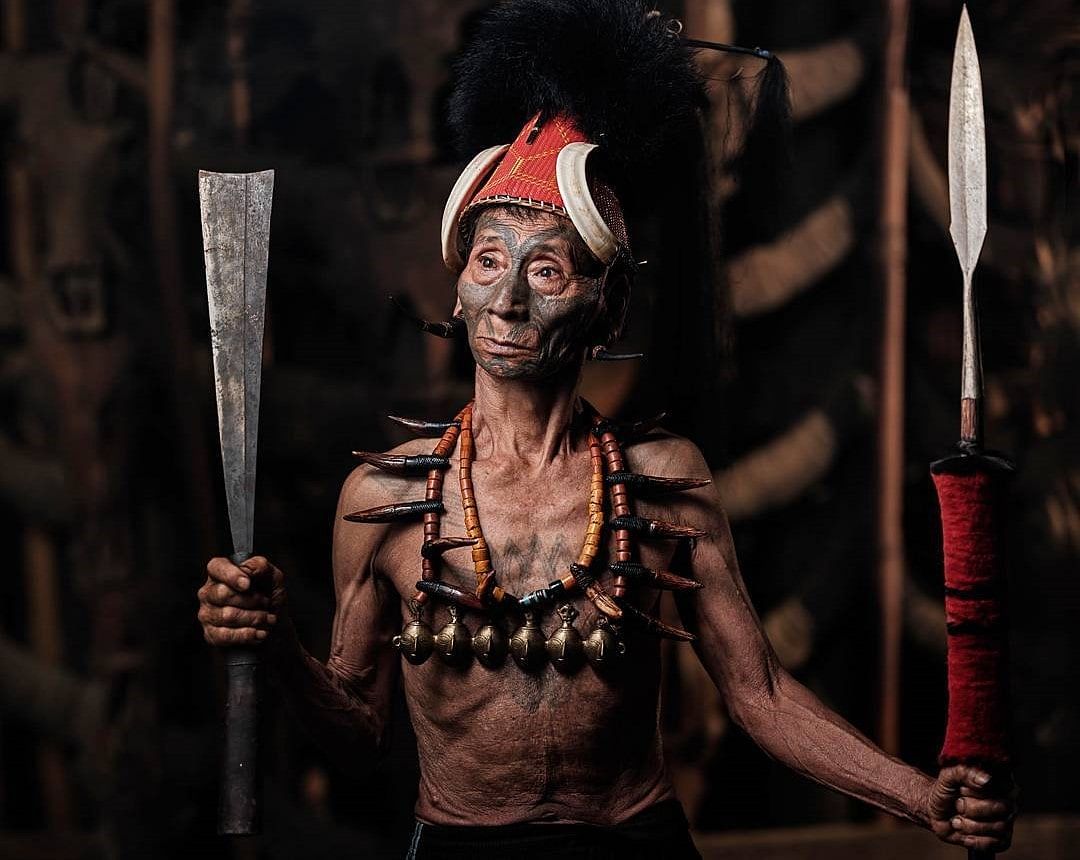
Story of the Konyak Headhunters Of Nagaland
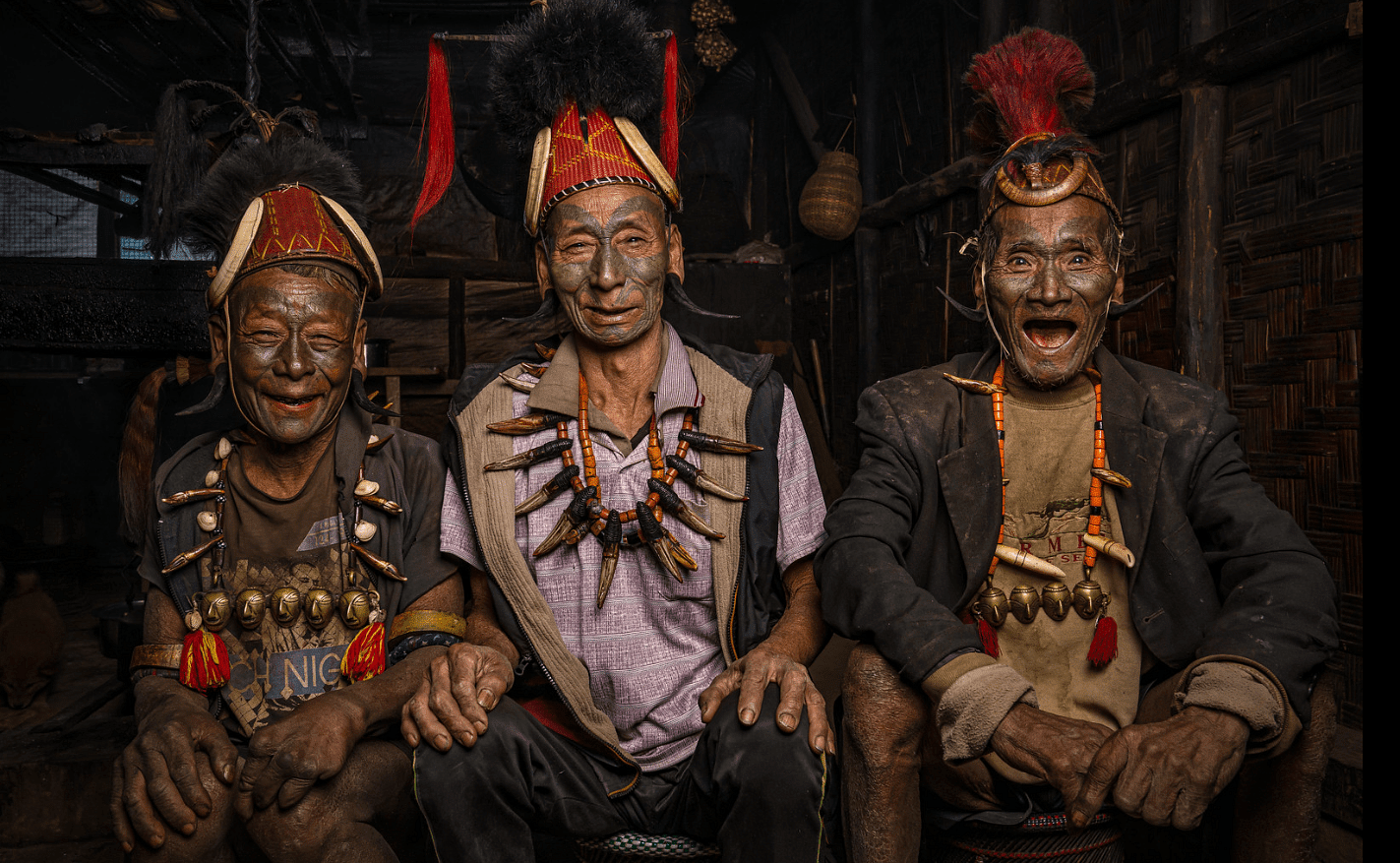
“As a young boy belonging to one of the fiercest tribes of Nagaland, we used to admire the headhunters and wanted that special status too. We were taught tribal warfare, culture, and customs of our tribe from a very young age at our Morung (community hall of the village). These Morungs were like modern-day schools for us. They are usually located at the highest vantage point of the village as it was easy to keep an eye on the enemy from there”
“I remember myself sitting in the Morung learning the tribal warfare, preparing myself for future fights, all while admiring the skulls bought by the Konyak headhunters of Nagaland. We also use to make and learn to play our traditional instruments at the Morungs”
“Once the ladies working in the farms of our village were attacked by the tribe of another nearby village, many survived but 2 were killed. The once survived got a tattoo as a reward. But it was our time to seek revenge for the disease. We used to go on a fight with whatever we had – rifles, club knives, spears, dao (traditional sword used to behead), etc.”
“The proudest moment for any headhunters of Konyak was the day they get their first head and the reward ceremony that follows. When I got my first kill, I entered the village dancing with my chest full of pride. As per the tradition, I gifted it to our Angh (village chief). That was the day when I became a man from a boy.”
Other Interesting Stories: The Untold Story Of Aokigahara: Suicide Forest Of Japan
“Ripping off our enemy’s head and bringing it back to the village has always been in our traditions. It was like carrying a soul in the form of the head. We considered these souls to be lucky for us and that it would bring prosperity and happiness to our village. It would bless our crops to yield better and keep off the evil spirits.”
“I hung the skull at the entrance of my house like all the Konyak headhunters of Nagaland do. It is a way of showing off your power and enjoying the headhunter status. After the first kill, I was excited about my reward ceremony. We all gathered and drank our homemade rice beer, and slaughtered a pig to cook its meat with sticky red rice.”
“I was very happy when I got my first face tattoo after my first kill. The Anghya (wife of tribe’s chief) came up to me as only she had to right to reward a headhunter with the face tattoo. Other noble ladies of our tribe also mastered the art of tattooing, but only the Anghya had the right to do a face tattoo. My proudest moments were also my most painful moments.”
“While getting my face tattooed, my friends and relatives tightly gripped my arms and legs and a piece of cloth was stuffed into my mouth to prevent loud screams that came with the pain of getting myself tattooed. But that pain would give you the most prestigious statues amongst the Konyak tribes in Nagaland”
Other Stories From India: Panch Kedar Dham: Yatra For Spiritual Connection With God Shiva
“After every raid/ fight, the Konyak headhunters of Nagaland used to get a tattoo. Those who came without a head were only rewarded with a chest tattoo. A warrior was always decorated with tattoos on his face first, the neck, chest, back, and then other parts of the boy. The tattoos depicted the status, position, stages of life and achievements in our tribe.”

“A young Konyak girl would get her first tattoo mostly on her calf. When she got married, she used to get a tattoo on her knee. The art of tattoo making was passed on by a mother to her daughter along with the designs. Females used to practice the art of tattooing with other girls, before tattooing the males.”
“As the Britishers came, headhunting was banned and therefore it was ended. I’m still proud of my past and my headhunting days. I’m glad that even if we don’t practice headhunting now, festivals like Aolang and Hornbill Festival allow us to showcase our culture and keep our traditions alive.”
Other Stories From India: Bullet Baba Temple: Story Of Rajasthan’s Mysterious Bike Temple
More About The Konyak Headhunters Of Nagaland

Derived from “Khunyak,” meaning ‘man,’ the term ‘Konyak’ reflects their tribal identity. The Konyak is a Tibeto-Burmese ethnic group residing in northeastern India. In addition to their presence in Nagaland, the Konyas can also be found in Arunachal Pradesh, Assam, and parts of Myanmar. What sets them apart from other Naga tribes is their intriguing past of headhunting and the tattooed faces of their warriors.

Other Stories From India: Bibi Ka Maqbara Or Mini Tajmahal: Only Mughal Monument Of Deccan
The Konyak festivals, Aoleang in April and Lao Ong Mo in August/September, add vibrancy to their lives, celebrating the arrival of spring and harvest season, respectively.
The Konyak language, belonging to the Northern Naga sub-branch, shares similarities with Garo and Bodo languages. However, the advent of Christianity in Nagaland brought about significant changes, including the termination of headhunting in 1969.
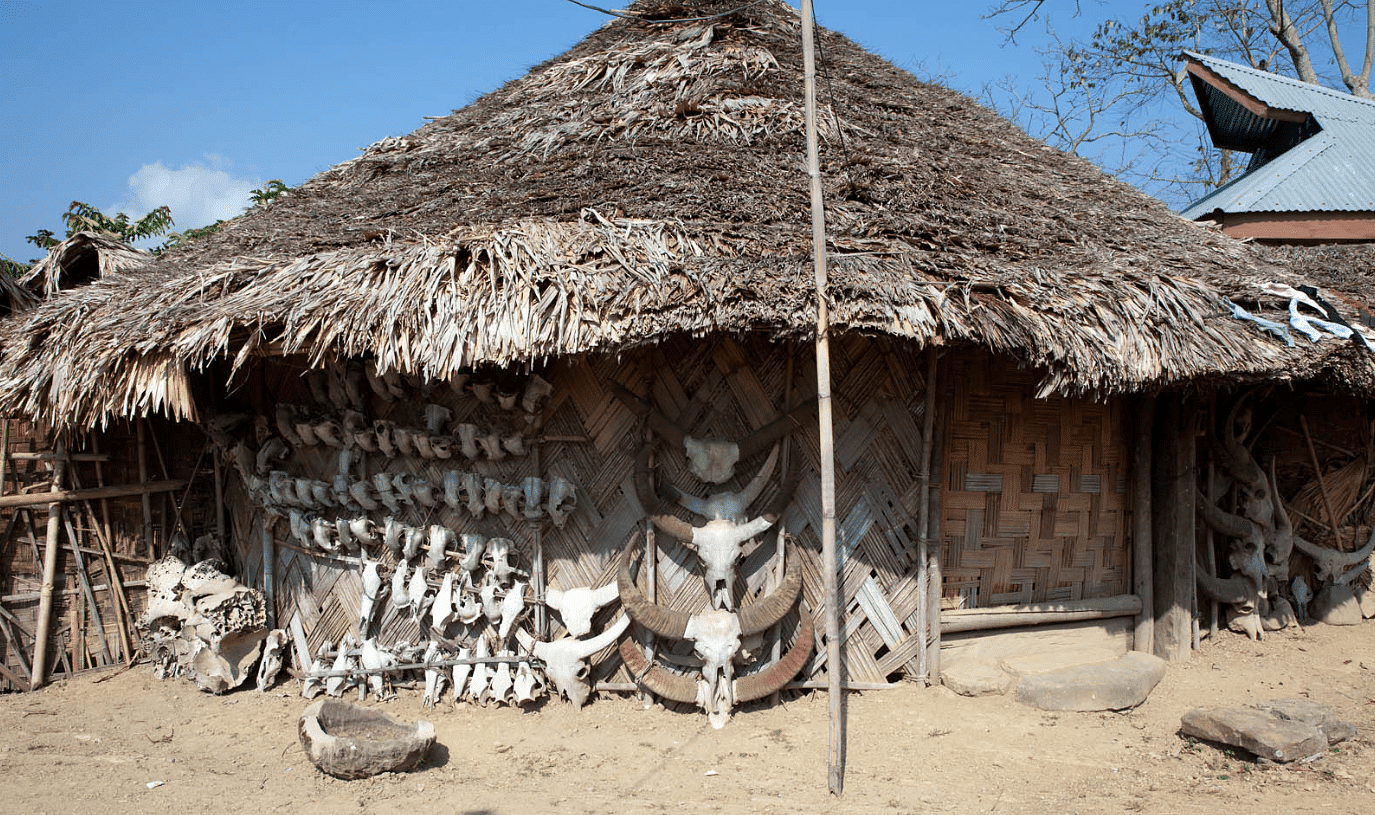
One interesting fact – The Angh’s house in the Longwa village of Mon District is literally in two countries! Yes, you heard it right. The Angh only has to walk from the kitchen to the bedroom to cross the border, that too without a Visa. The entire Longwa village lies on the Indo-Myanmaar border and due to the strong cultural and familial ties, both the governments have provided dual citizenship to the residents of this village.
The Mithun (Drung Ox), a domestic cattle species and Hornbill holds cultural significance symbolizing wealth and fertility for the Konyaks. Although they once followed animism, Christianity has gained prominence among the tribe, leading to modernization and the embrace of Western education. Agriculture remains their primary occupation, featuring terraced farming and diverse crop cultivation.
In essence, the Konyak headhunters of Nagaland, with their rich history and evolving traditions, offer a fascinating glimpse into the cultural mosaic of Nagaland.
Other Stories From India: The Jaivana Cannon Pond – Tale Of Asia’s Largest Cannon On Wheels
Get exclusive travel insights & updates into your inbox!
*By clicking subscribe you'll receive emails from WanderOn.
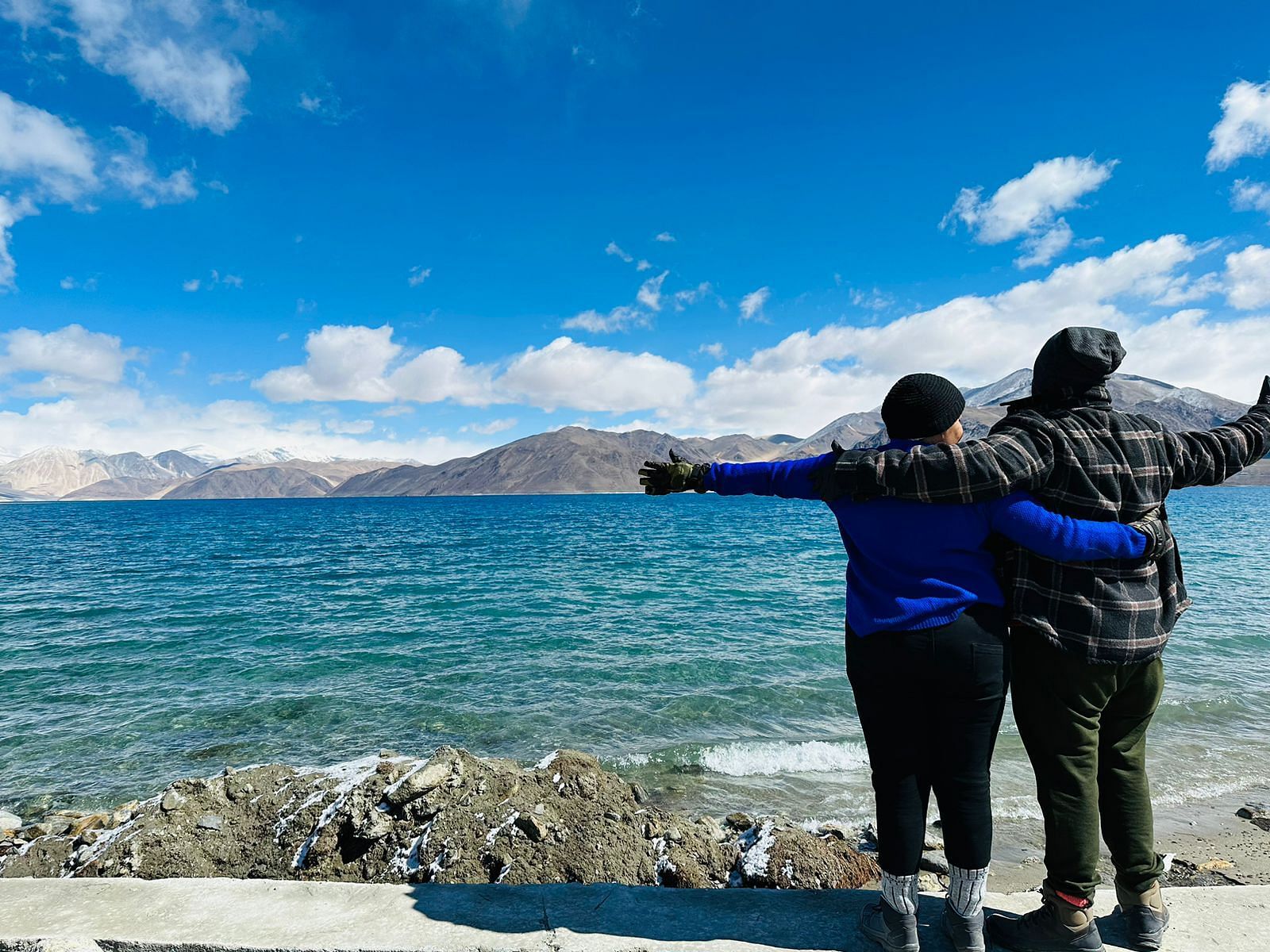
Shrutika Parab
★★★★★24 May 2024
“Thank you Team Wanderon for the amazing Ladakh Experience. Right from the point of making the bookings with Mr. Chakshu to the point of completion of the trip received amicable support.
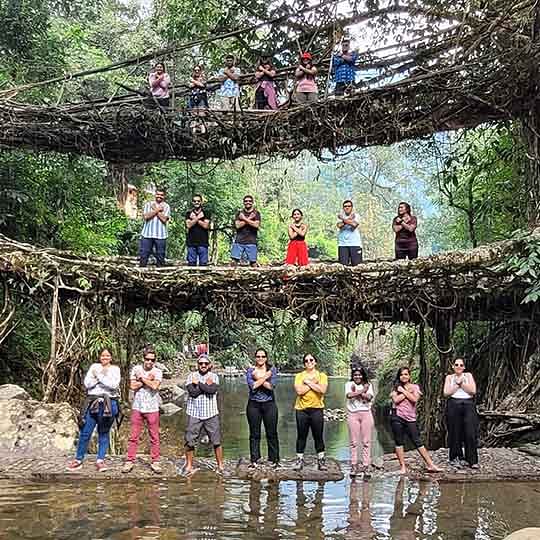
Sonal Shekhar Dash
★★★★★9 May 2024
“I did my first solo trip in India with WanderOn. Initially I was sceptical about their Meghalaya-Kaziranga trip as I didn't have any prior experience with them but the team assured me that it's going to be one of the best experiences of my life.
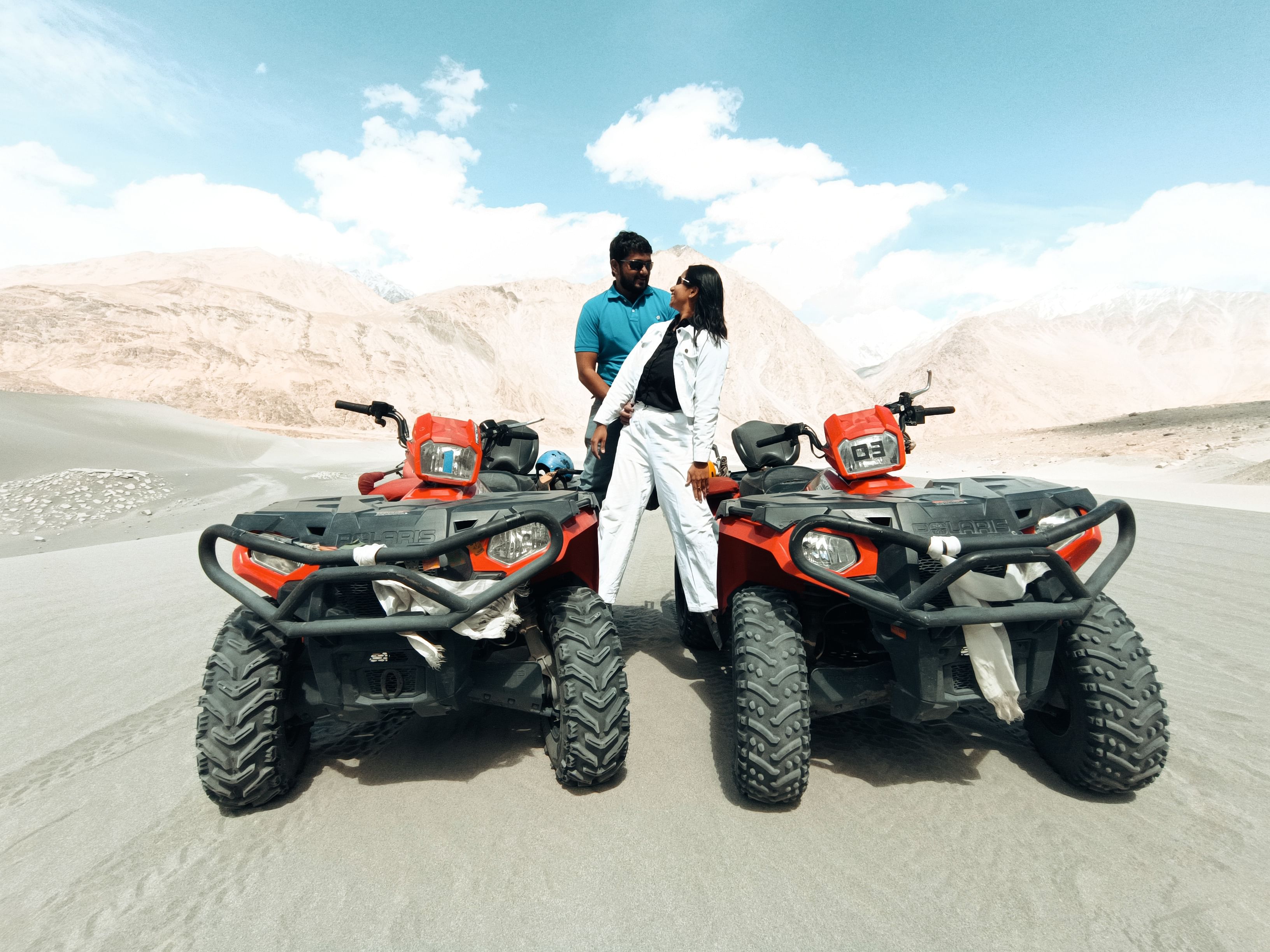
Archana Awati
★★★★★30 Apr 2024
“In Ladakh, find the perfect blend of culture, adventure, and serenity. December last year I decided that my next trip would be Ladakh but didn’t know how to go about it. I knew I wanted to travel in a group, as I had prior experiences of traveling in a group but wanted an organiser I could trust. Ladakh isn’t like other destinations wherein you need some instructions due to the high altitudes.
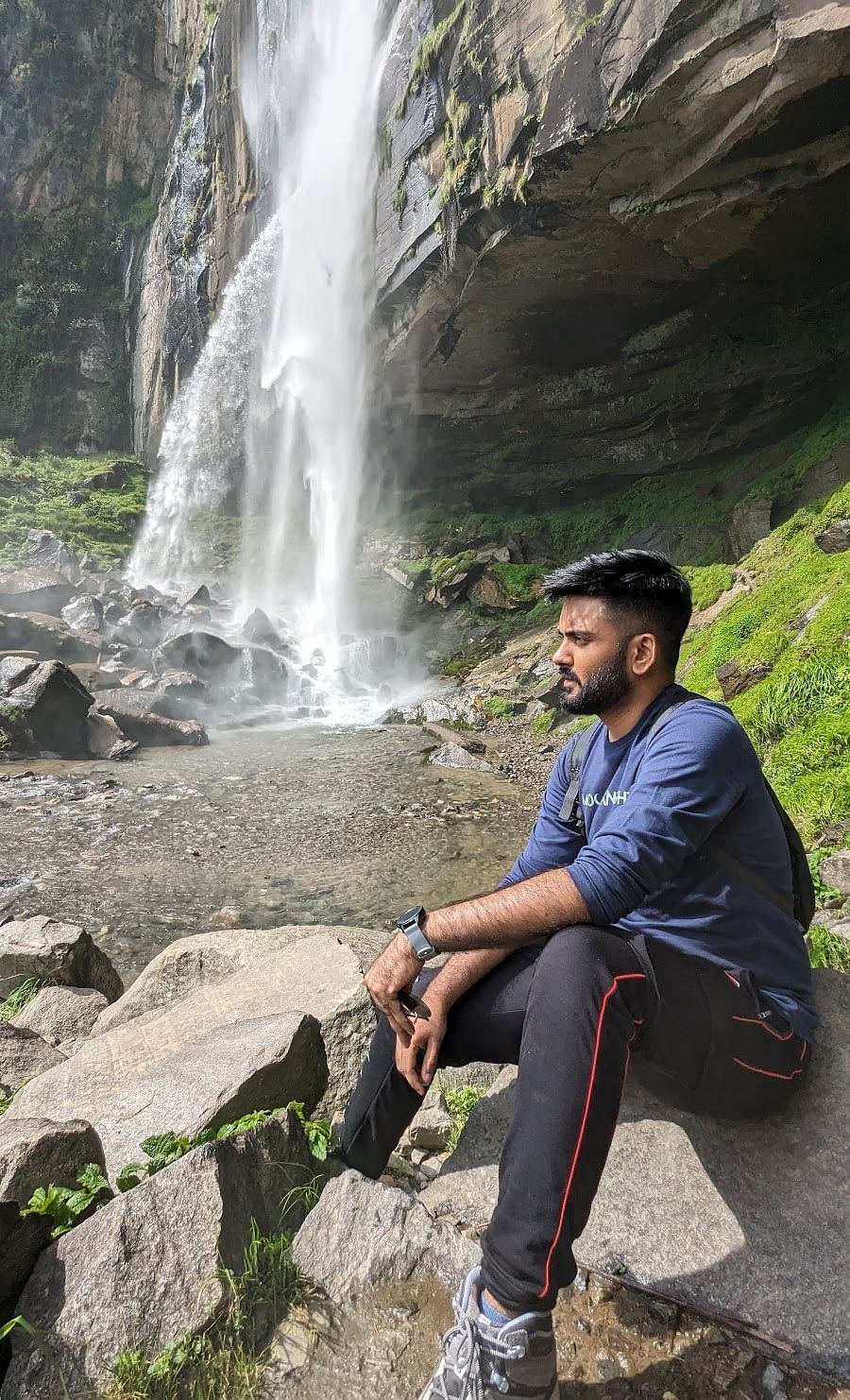
Kartik Dilawari
★★★★★4 Jul 2024
“After an amazing trip to Tirthan with WanderOn, I decided to go to Manali-Jispa with them and yet again, the experience was worth every penny. The place was very beautiful and the quality of service was top-notch, the itinerary was very good and the quality of transportation and stays were very good. Had an awesome time there and made some good friends as well. Lastly, our trip captains Priyasha and Rachit managed the entire trip very well and were so fun and made our trip an experience worth remembering.
FAQ'S
01
Who are the Konyak headhunters of Nagaland?
The Konyak headhunters of Nagaland are members of the Konyak tribe, known for their historical practice of headhunting. The Konyaks, residing in the Mon district of Nagaland, were once notorious for their fierce reputation as headhunters.
02
Is headhunting still practiced among the Konyak tribe?
03
Can visitors meet or interact with the Konyak tribe in Nagaland?
04
What is the significance of headhunting among the Konyak tribe’s history?
WanderOn Special

WANDERON EXPERIENCES PVT LTD
3rd Floor, Building No-436, Phase IV, Udyog Vihar, Sector-18, Gurugram, Haryana-122015
